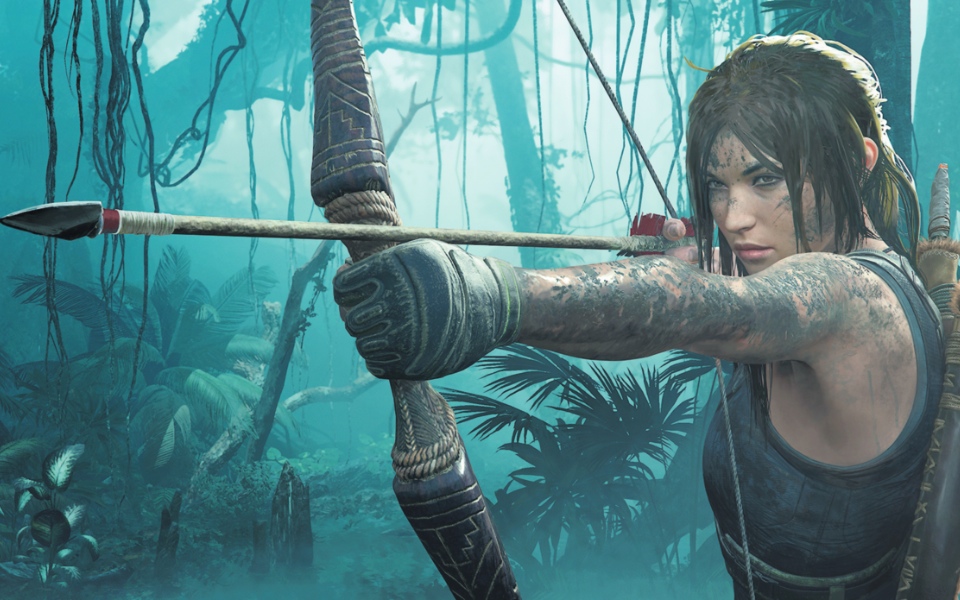Shadow of the Tomb Raider review: A thrilling adventure, but one whose morally ambiguous message sticks in the craw

The recent Tomb Raider games are prime examples of something called ludonarrative dissonance, where the story and gameplay elements are in uneasy conflict. It asks morally introspective questions about its protagonist and her goals, while simultaneously forcing you to commit morally questionable – even indefensible – acts.
Shadow of the Tomb Raider, the final instalment in the 2013 reboot trilogy, takes British silver-spoon archaeologist Lara Croft into the depths of the Peruvian jungle. Here, and in a host of other Mesoamerican locations, she plunders tombs, solves puzzles and ultimately saves the world from apocalyptic destruction. At the same time, the game attempts to give a voice to the indigenous peoples often overlooked by Lara’s one-woman manhunt for interesting baubles.
In true Tomb Raider-style, we follow our adventurer as she swings into action against Trinity, a fanatical cult-like militia hell-bent on finding a silver box that will allow them to bring about the end of the world.
The original Crystal Dynamics team brings on-board the expertise of new lead developer Eidos Montreal to create a relatively open-world experience, with an emphasis on scaling cliffs, diving through ruins and poking about ancient civilizations.
Shadow will appeal to those who prefer a stealthy approach, with Lara able to retreat back into hiding even after putting her foes on high alert, and use new techniques such as covering herself in mud or disappearing into vines to traverse through hostile areas undetected.
The ability to independently toggle difficulty levels on each aspect of the game allows an admirable level of customisation. If shooting’s not your thing, you can return combat to ‘easy’ while simultaneously removing all hints for the puzzles. Alternatively, you can remove all visual traces of climbable ledges to make exploration a more natural – but more difficult – experience.
Where Shadow falters, however, is in a rather crucial area: the story. In the first half a decent attempt is made to toe the line between raiding tombs and showing some sensitivity towards the cultures and people left in Lara’s wake. But this soon fades into the background as you reach new destinations with fresh opportunities for plundering, with Lara’s own journey of self-examination all but abandoned. Even as you’re encouraged to complete benevolent side quests for local characters who are suspicious of archaeologists coming and going as they please, the reward is often new weapons or maps for even more relic-hunting spots.
At its best, Shadow of the Tomb Raider is thrilling and thought-provoking, with satisfying combat and genuinely testing puzzles. If you enjoyed the earlier instalments, this one won’t let you down.
But despite a concerted effort to address the ethical concerns so often directed at the franchise, Lara remains an uncomfortably imperialist presence, pocketing the priceless artefacts of indigenous peoples and generally making a mess of their ancestral lands, just as her real life analogues did to stock our very own British Museum, with its pilfered treasures from across the world, many of them raided from real life tombs.